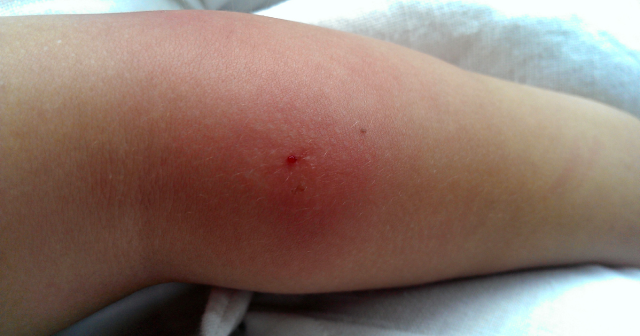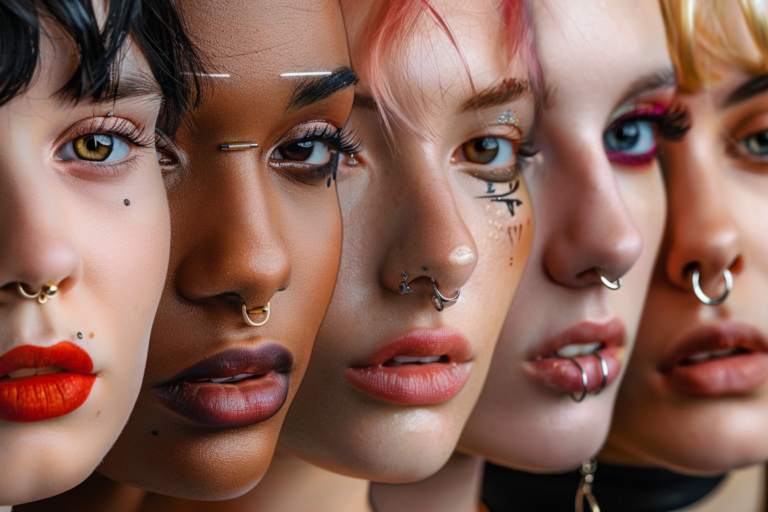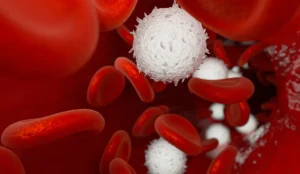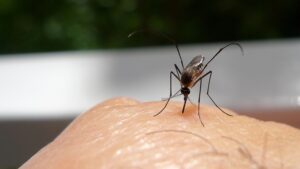Mosquito bites are an annoying but common part of life, especially during warmer months. However, if you notice a mosquito bite with a ring around it, it can be concerning. This unusual reaction might leave you wondering if it’s something serious or just another pesky bite. In this article, we will explore what it means when you have a mosquito bite with a ring around it, the potential causes, and how to treat it effectively.
1. Understanding Mosquito Bites and Reactions
Before diving into the specifics of a mosquito bite with a ring around it, it’s essential to understand the basics of how mosquito bites affect the skin. When a mosquito bites, it injects saliva into your skin, which contains proteins that prevent blood clotting. The body’s immune system reacts to these foreign proteins, leading to the classic red, itchy bump.
Most mosquito bites result in mild symptoms such as itching, redness, and swelling. These reactions are typically localized to the bite area and subside within a few days. However, some people may experience more severe or unusual reactions, including the appearance of a ring around the bite.
2. Possible Causes of a Mosquito Bite with a Ring Around It
There are several potential explanations for a mosquito bite with a ring around it. Understanding these causes can help determine the appropriate treatment and whether medical attention is necessary.
a. Allergic Reaction
One of the most common reasons for a ring around a mosquito bite is an allergic reaction. When the body has an exaggerated immune response to the mosquito’s saliva, it can cause a more significant area of inflammation. The ring may appear as a red or discolored halo around the bite, indicating a more intense reaction.
b. Infection
Sometimes, a mosquito bite can become infected, especially if it has been scratched excessively. An infected bite may show signs of spreading redness, warmth, and tenderness, often appearing as a ring around the original bite. In some cases, the ring could indicate cellulitis, a bacterial skin infection that requires prompt medical attention.
c. Lyme Disease
Though mosquitoes are not typical carriers of Lyme disease, it’s worth noting that similar rings, known as “bullseye” rashes, are a hallmark of Lyme disease, which is transmitted by ticks. If you have a ring around a bite and are unsure whether it was caused by a mosquito or a tick, it’s crucial to consider the possibility of Lyme disease and seek medical advice.
d. Insect Bites from Other Pests
While you may believe the bite was caused by a mosquito, other insects can leave similar marks, including a ring around the bite. Spiders, fleas, and ticks can all cause reactions that look like a mosquito bite with a ring around it. Identifying the culprit can be challenging, but knowing the risks associated with other insect bites is essential.
3. When to Seek Medical Attention
While most mosquito bites are harmless, a bite with a ring around it may warrant a closer look. Here are some signs that you should seek medical attention:
a. Increasing Redness or Swelling
If the area around the bite continues to grow in size, becoming increasingly red or swollen, it could indicate an infection or a more serious allergic reaction.
b. Development of a Fever
A fever accompanying a mosquito bite with a ring around it may suggest that your body is fighting an infection. This could be related to the bite or another underlying issue.
c. Pus or Drainage
The presence of pus, drainage, or a foul odor around the bite site suggests a bacterial infection. Medical treatment, including antibiotics, may be necessary to prevent the infection from spreading.
d. Persistent or Worsening Symptoms
If the symptoms do not improve or worsen over a few days, it’s advisable to consult a healthcare professional to rule out more severe conditions like cellulitis or an allergic reaction requiring intervention.
4. Home Remedies and Treatment Options
For many people, a mosquito bite with a ring around it can be treated at home with simple remedies and over-the-counter products. Here are some steps you can take:
a. Clean the Bite Area
Start by washing the bite area with soap and water. This helps reduce the risk of infection and soothes the skin. Avoid scrubbing too hard, as this can irritate the skin further.
b. Apply a Cold Compress
A cold compress can reduce swelling and numb the area, helping to alleviate itching and discomfort. Apply the compress for 10-15 minutes, several times a day.
c. Use Anti-Itch Creams
Over-the-counter anti-itch creams containing hydrocortisone or calamine lotion can be effective in reducing itching and inflammation. Apply as directed to soothe the skin and prevent scratching, which can lead to infection.
d. Take Oral Antihistamines
Oral antihistamines like diphenhydramine (Benadryl) can help reduce the body’s allergic reaction to the mosquito bite, thereby minimizing the ring around the bite and relieving itching.
e. Keep the Area Covered
Covering the bite with a bandage can prevent scratching and exposure to dirt and bacteria. This is especially important for children or those prone to scratching.
f. Natural Remedies
Some people find relief using natural remedies like aloe vera, honey, or essential oils like tea tree or lavender. These have anti-inflammatory and antibacterial properties that can help soothe the skin and prevent infection. Also read here: Immature Granulocytes High Meaning: Understanding Elevated Levels and Their Implications
5. Preventing Mosquito Bites and Future Reactions
Prevention is the best approach to avoiding mosquito bites and the potential for developing a ring around them. Here are some strategies:
a. Use Insect Repellent
Apply an EPA-approved insect repellent containing DEET, picaridin, or oil of lemon eucalyptus before going outdoors, especially during peak mosquito activity times like dawn and dusk.
b. Wear Protective Clothing
Long sleeves, pants, and socks can help protect your skin from mosquito bites. Light-colored clothing is less attractive to mosquitoes and can also help you spot them more easily.
c. Avoid Stagnant Water
Mosquitoes breed in stagnant water, so eliminate standing water around your home, such as in flowerpots, birdbaths, and gutters. This reduces the mosquito population in your area.
d. Use Mosquito Nets
When camping or sleeping in areas with high mosquito activity, use a mosquito net to protect yourself while you sleep.
e. Keep Windows and Doors Closed
Ensure that your home is mosquito-proof by keeping windows and doors closed or using screens to prevent them from entering.
6. Understanding the Risks of Mosquito-Borne Illnesses
While a mosquito bite with a ring around it is often harmless, it’s essential to be aware of the potential risks associated with mosquito-borne illnesses. Some of these include:
a. West Nile Virus
West Nile Virus is transmitted by mosquitoes and can cause symptoms ranging from mild flu-like symptoms to severe neurological diseases. While rare, it’s a potential risk in many areas.
b. Zika Virus
The Zika virus is another mosquito-borne illness that gained attention for its potential to cause birth defects if contracted by pregnant women. It can also lead to other health issues.
c. Malaria
While less common in certain parts of the world, malaria is a significant concern in tropical and subtropical regions. It’s transmitted by the Anopheles mosquito and can be life-threatening if not treated promptly.
d. Dengue Fever
Dengue fever is prevalent in tropical regions and is spread by the Aedes mosquito. It causes severe flu-like symptoms and can lead to more severe health complications.
7. Differentiating Between Mosquito Bites and Other Conditions
It’s crucial to differentiate between a mosquito bite with a ring around it and other skin conditions that may look similar. Here’s how to distinguish them:
a. Hives
Hives can appear as raised, red welts on the skin, often with a central clearing, resembling a ring. However, hives are usually widespread and not limited to one bite.
b. Ringworm
Ringworm is a fungal infection that causes a circular, ring-like rash on the skin. Unlike a mosquito bite, ringworm spreads and doesn’t usually have a central bite mark.
c. Erythema Migrans
Erythema migrans is the hallmark rash of Lyme disease, which starts as a small red bump and expands into a larger ring. If you’re unsure whether your bite is from a mosquito or tick, consult a healthcare professional.
d. Spider Bites
Some spider bites, particularly from species like the brown recluse, can cause a ring around the bite area. These bites often require medical attention due to the risk of necrosis and infection.
8. Conclusion
A mosquito bite with a ring around it can be alarming, but in most cases, it’s a sign of a localized allergic reaction or mild infection. By understanding the potential causes and knowing when to seek medical attention, you can effectively manage and treat these bites. Prevention remains the best strategy, so take steps to protect yourself from mosquito bites and reduce the risk of developing more severe reactions.
By following the advice in this article, you can ensure that a mosquito bite with a ring around it remains a minor inconvenience rather than a cause for concern.














2 thoughts on “How to Treat Mosquito Bites with a Ring Around it”